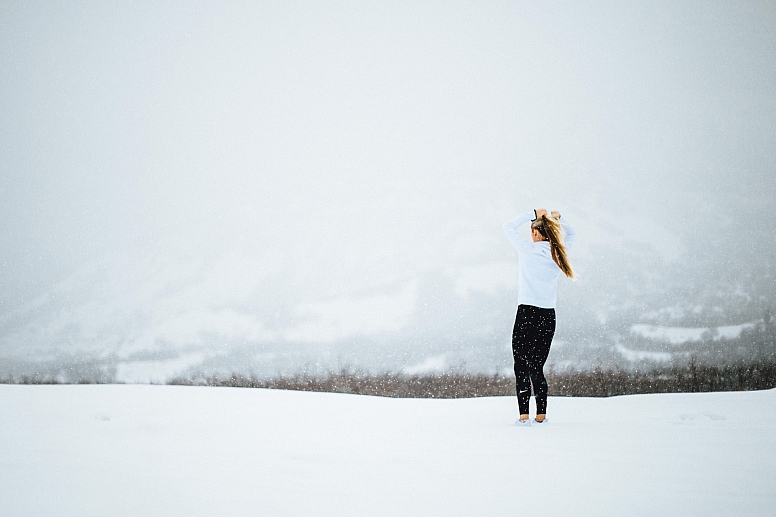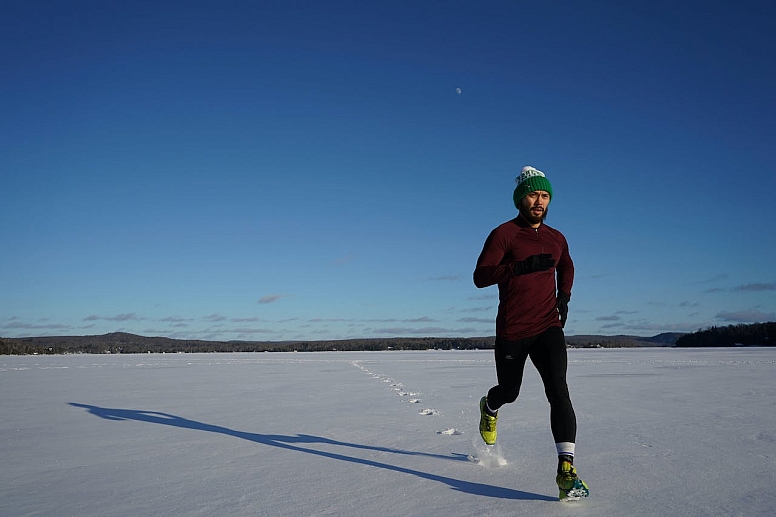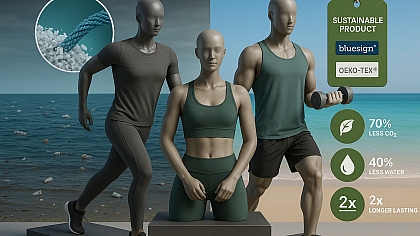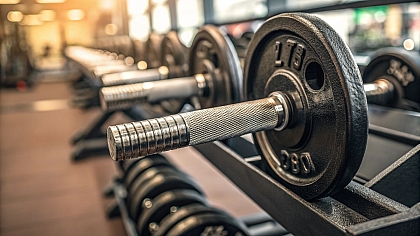
Running Gear For The Colder Seasons
If the idea of going running in colder weather makes you uncomfortable, you may not have heard about the great selection of running gear to help maintain your body's core temperature. Investing in the right pieces of kit can help you keep up your training sessions and not get too cold in the process. Exercising daily improves your overall health and can help you fight off winter blues.
Why Is Getting Weather Proof Running Gear Important
Usually, when it is cold outside, our first instinct is to wrap up as much as possible to ward off the chills. However, if you have ever run before, you will know that exercise can cause you to heat up and start sweating; if you were to go running in one of your heavy-weight hoodies or a lot of thick layers, you are likely to feel uncomfortable at some point. This is why there are running accessories available to help you ward off the cold and not get too hot and bothered on account of your clothing.
Running Gear Strategy As The Weather Starts To Get Colder
Stage 1: The Basics

- Running Gloves: When it starts to get chilly, the first thing you should grab before you set off running is a pair of gloves, as our extremities, such as our hands and feet, tend to lose heat faster than other parts of the body. Gloves are easy to carry and can be easily taken off and put on when needed.
- Long Sleeves: When the weather gets colder, wear long-sleeve tops instead of t-shirts. This enables you to maintain the heat for longer without feeling encumbered.
- Trousers Instead Of Shorts: If you still find yourself getting too cold, you should switch out your shorts for tracksuit bottoms. A quality pair of sweatpants will not only keep you warm but also won’t restrict movement.
- Hat: Bringing a woolly hat may be a good thing as it can help keep your head and ears warm when the weather is getting colder. Again, this can be easily taken off during your run if you do get too warm.
- Reflective Clothing: If you are ever going to be running in the dark, such as early in the morning or in the evening; you should consider either purchasing reflective clothing or sewing reflective pads onto your existing clothing. This makes you more visible to passing cars and reduces your chances of being hit by a car.
- Appropriate Trainers: Wearing good quality trainers that don’t have any holes in them can be a great way to keep yourself warm and in good spirits. If your running trainers were to have a hole in and you happened to step in a puddle you may be discouraged by your run altogether.
Stage 2: Learning How To Layer

- Thin Jacket: Wearing a thin jacket that can easily be tied around your waist if you get too hot could provide you with an adaptable method to regulate your body temperature during a run.
- Base Layer: Baselayers are almost like an extra layer of skin, they help your body regulate temperature. Furthermore, they can help your body warm up and cool down; they can warm your body up because they are an extra layer to wear and can cool you down by absorbing the sweat your body releases when you exercise. Reducing the amount of sweat on your skin helps your body cool down faster.
- Running Headband: Running headbands can provide your head and ears with insulation, reducing the discomfort you may feel when running in cold weather particularly if it is windy too.
- Running Leggings: When it starts to get quite cold you could also consider wearing running leggings, these fit around your legs tighter than tracksuit bottoms and can therefore help your legs keep warmer without being overbearing. Running leggings can also absorb sweat, which has the added benefit of helping to stop you from overheating on your run.
- Running Jackets: If you feel the need to wrap up, you should consider a running jacket. These are similar to base layers in the sense they help keep you warm and reduce the sweat build-up on your skin. However, they will likely do a better job of keeping you warm as opposed to a base layer, plus the additional benefits of often being windproof and waterproof.
Colder weather doesn’t mean you should scrap your fitness goals. Winter is the best time to start running as the weather is not too warm, which means that your body is not put under the same stresses as it would be if you were running in the height of summer.









